1Division of Cardiology, Department of Internal Medicine, Wonju Severance Christian Hospital, Yonsei University Wonju College of Medicine, Wonju, Korea.
2Division of Cardiology, Department of Internal Medicine, Heart Vascular Stroke Institute, Samsung Medical Center, Sungkyunkwan University School of Medicine, Seoul, Korea.
3Department of Internal Medicine and Cardiovascular Centre, Seoul National University Hospital, Seoul National University College of Medicine, Seoul, Korea.
4Division of Cardiology, Department of Internal Medicine, Samsung Changwon Hospital, Sungkyunkwan University School of Medicine, Changwon, Korea.
5Division of Cardiology, Department of Internal Medicine, Keimyung University Dongsan Medical Centre, Keimyung University College of Medicine, Daegu, Korea.
6Division of Cardiology, Department of Internal Medicine, Gachon University Gil Hospital, Gachon University College of Medicine, Incheon, Korea.
7Division of Cardiology, Department of Internal Medicine, Korea University Guro Hospital, Korea University College of Medicine, Seoul, Korea.
8Division of Cardiology, Department of Internal Medicine, Seoul National University Bundang Hospital, Seoul National University College of Medicine, Seongnam, Korea.
9Division of Cardiology, Department of Internal Medicine, Chungnam National University Hospital, Chungnam National University College of Medicine, Daejeon, Korea.
10Division of Cardiology, Department of Internal Medicine, Kosin University Gospel Hospital, Kosin University College of Medicine, Busan, Korea.
11Division of Cardiology, Department of Internal Medicine, Korea University Anam Hospital, Korea University College of Medicine, Seoul, Korea.
12Division of Cardiology, Department of Internal Medicine, Yeungnam University Medical Center, Yeungnam University College of Medicine, Daegu, Korea.
13Division of Cardiology, Department of Internal Medicine, Severance Cardiovascular Hospital, Yonsei University College of Medicine, Seoul, Korea.
14Division of Cardiology, Department of Internal Medicine, Inje University Ilsan Paik Hospital, Inje University College of Medicine, Goyang, Korea.
15Division of Cardiology, Department of Internal Medicine, Pusan National University Hospital, Pusan National University College of Medicine, Busan, Korea.
16Division of Cardiology, Department of Internal Medicine, Inje University Haeundae Paik Hospital, Inje University College of Medicine, Busan, Korea.
17Division of Cardiology, Department of Internal Medicine, Chung-Ang University Gwangmyeong Hospital, Chung-Ang University College of Medicine, Gwangmyeong, Korea.
18Division of Cardiology, Department of Internal Medicine, Seoul St. Mary’s Hospital, The Catholic University of Korea College of Medicine, Seoul, Korea.
19Division of Cardiology, Department of Internal Medicine, St. Paul’s Hospital, The Catholic University of Korea College of Medicine, Seoul, Korea.
20Division of Cardiology, Department of Internal Medicine, Ajou University Hospital, Ajou University College of Medicine, Suwon, Korea.
21Division of Cardiology, Department of Internal Medicine, Chonnam National University Hospital, Chonnam National University College of Medicine, Gwangju, Korea.
22Division of Cardiology, Department of Internal Medicine, Bucheon Sejong Hospital, Bucheon, Korea.
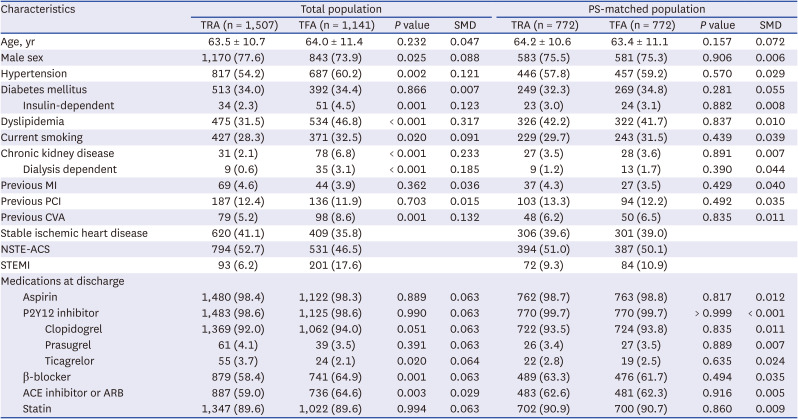
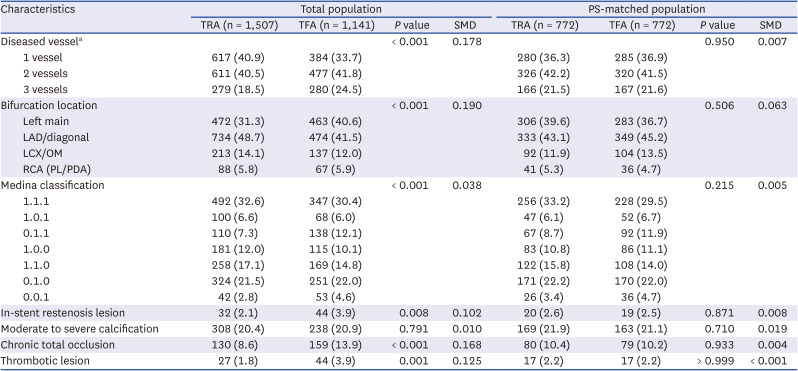
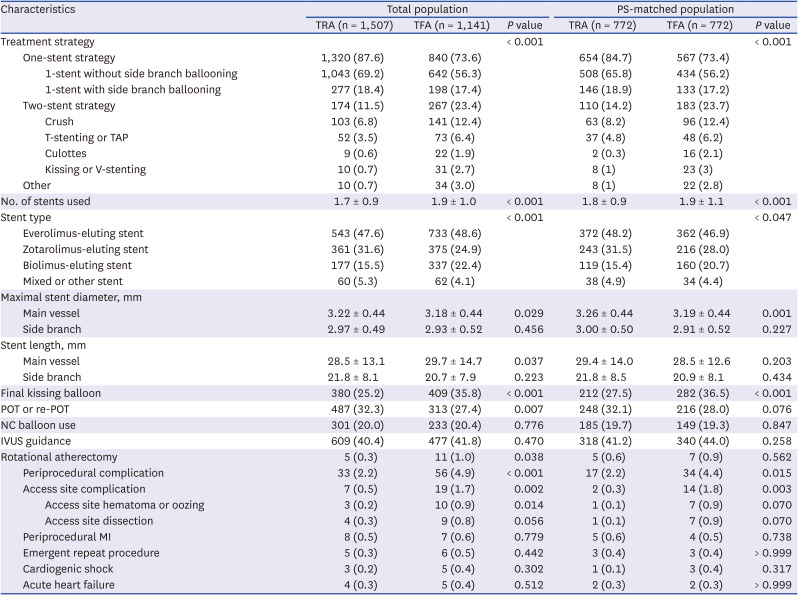
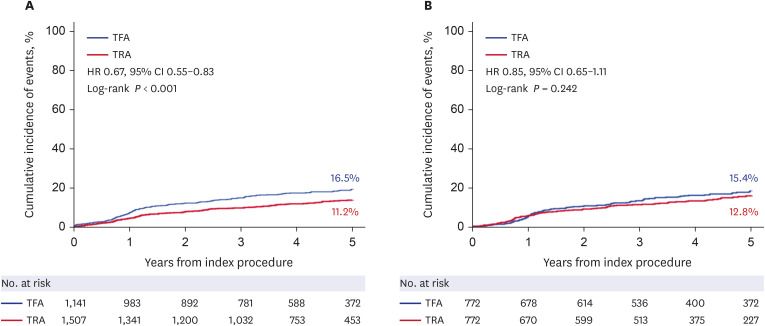
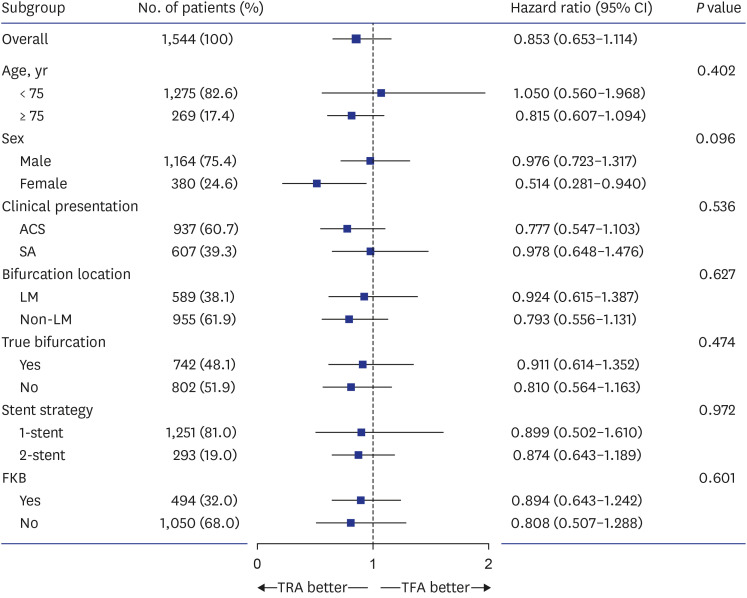





 PDF
PDF Citation
Citation Print
Print



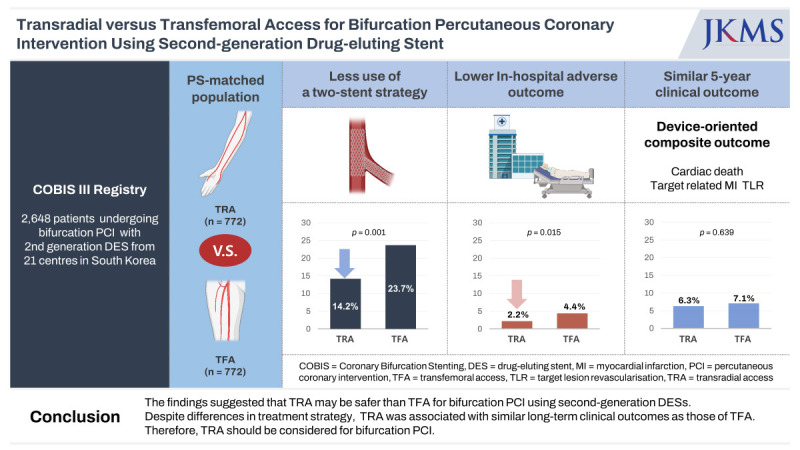
 XML Download
XML Download